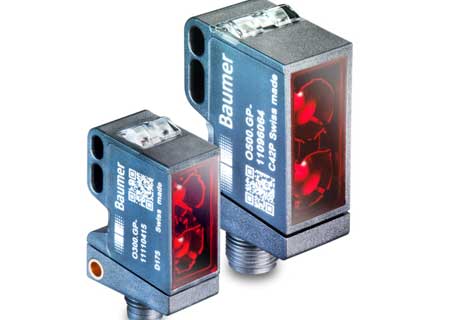How Accurate Are Photoelectric Sensors?
Key Takeaway
Photoelectric Sensors are highly accurate devices used for object detection in automation processes. Their accuracy can be affected by the object’s color, size, and the environmental conditions, but with proper configuration, they provide reliable and precise measurements crucial for industrial applications.
Understanding Sensor Accuracy
Accuracy is a cornerstone of industrial automation, and photoelectric sensors are at the heart of this precision. These sensors are designed to measure the presence, absence, or distance of objects with remarkable accuracy. The exactness of a photoelectric sensor is typically defined by its ability to reliably detect changes in light caused by the target’s characteristics. This is crucial in applications where precision is non-negotiable, from manufacturing to packaging.
The precision of these sensors ensures that processes are not only efficient but also consistently reliable. Understanding how these devices maintain high accuracy helps in leveraging their capabilities to optimize automated processes.

Factors Affecting Accuracy
Several factors can influence the accuracy of photoelectric sensors. The quality of the sensor itself, the type of light used, and the environmental conditions under which it operates all play significant roles. For instance, the presence of ambient light can interfere with the sensor’s ability to detect the target accurately. Similarly, the surface characteristics of the target—such as color, reflectivity, and texture—can affect the amount of light reflected back to the sensor, thus impacting its accuracy.
Additionally, the alignment and cleanliness of the sensor also significantly affect its performance. A sensor covered in dust or misaligned can misread signals, leading to errors in object detection. Regular maintenance and proper installation are, therefore, critical to ensuring optimal function.
Accuracy in Various Applications
Omron Photo sensors or Other Brand Photoelectric Sensors are utilized across a wide range of industries due to their versatility and reliability. In the packaging industry, these sensors ensure that items are correctly counted and sorted, which is vital for meeting both customer expectations and regulatory standards. In automotive manufacturing, they verify that components are properly assembled, safeguarding against the costs associated with manufacturing errors.
Each application demands specific sensor attributes and settings. For instance, sensors used in high-speed applications may be optimized for faster response times, while those in hazardous environments are equipped with robust housings to withstand extreme conditions.
Enhancing Accuracy through Technology
Technological advancements have continuously improved the accuracy of photoelectric sensors. Today’s sensors are equipped with sophisticated electronics that enhance their sensitivity and allow for finer adjustments to the sensor’s settings based on real-time feedback. Digital outputs, integrated circuits, and smart algorithms help in filtering out background noise and precisely pinpointing the location of objects.
Manufacturers are consistently innovating to push the boundaries of what these sensors can do. Enhanced optics for better light focusing, laser technology for pinpoint accuracy, and IoT connectivity for real-time data analysis are just a few of the developments that have enhanced their accuracy and utility.
Comparison with Other Sensing Technologies
Photoelectric sensors offer distinct advantages over other sensing technologies like ultrasonic or inductive sensors. They are generally faster, providing real-time feedback essential for rapid automation processes. Unlike inductive sensors, which are limited to detecting metallic objects, photoelectric sensors can detect a wide variety of materials, including transparent and translucent objects.
Moreover, these sensors are less likely to be affected by environmental variables that can severely impact ultrasonic sensors, such as atmospheric conditions or surface textures of the objects they detect. This makes photoelectric sensors more reliable for consistent use in diverse operational settings.
Conclusion
The accuracy of photoelectric sensors makes them indispensable in the automation landscape. They not only enhance the efficiency and productivity of industrial processes but also contribute to the safety and quality of the end products. As you start your career in this field, understanding these sensors’ capabilities and limitations will equip you with the knowledge to implement them effectively, ensuring your projects meet the high standards expected in today’s industrial environments. Their proven reliability in precision tasks across various industries underscores their critical role in modern manufacturing and automation.
